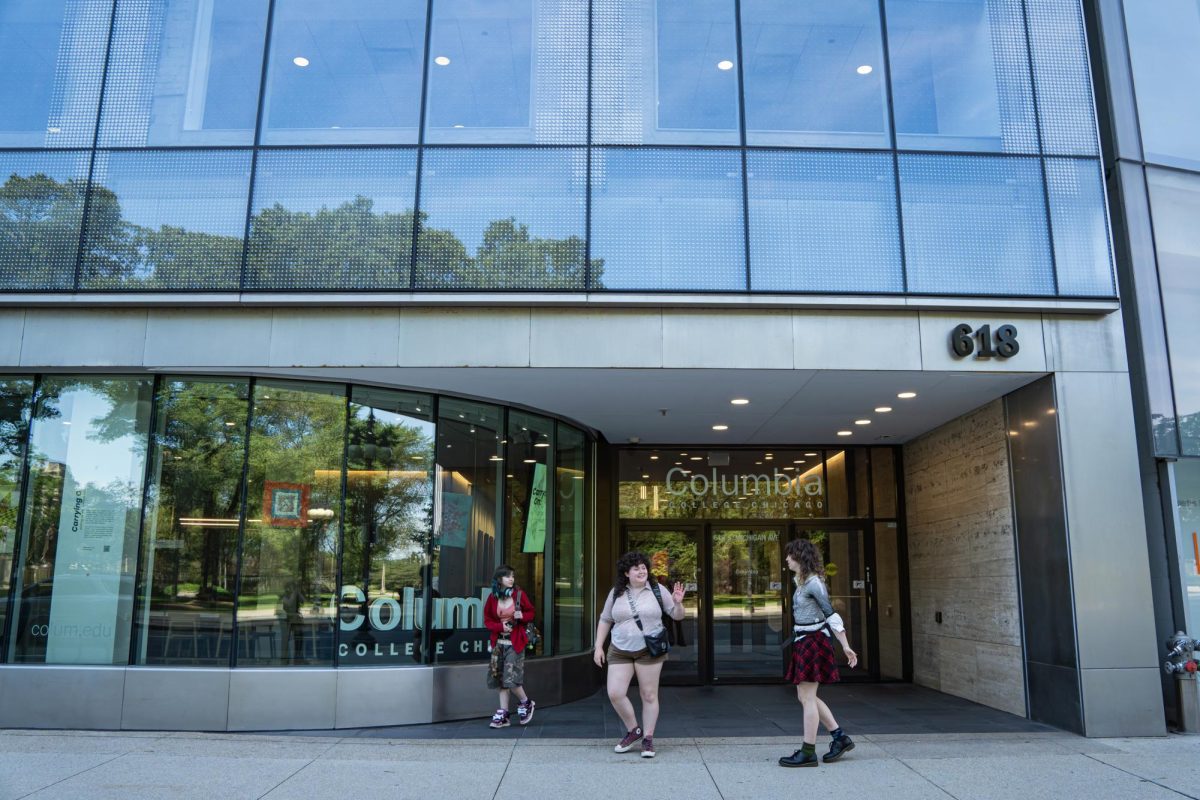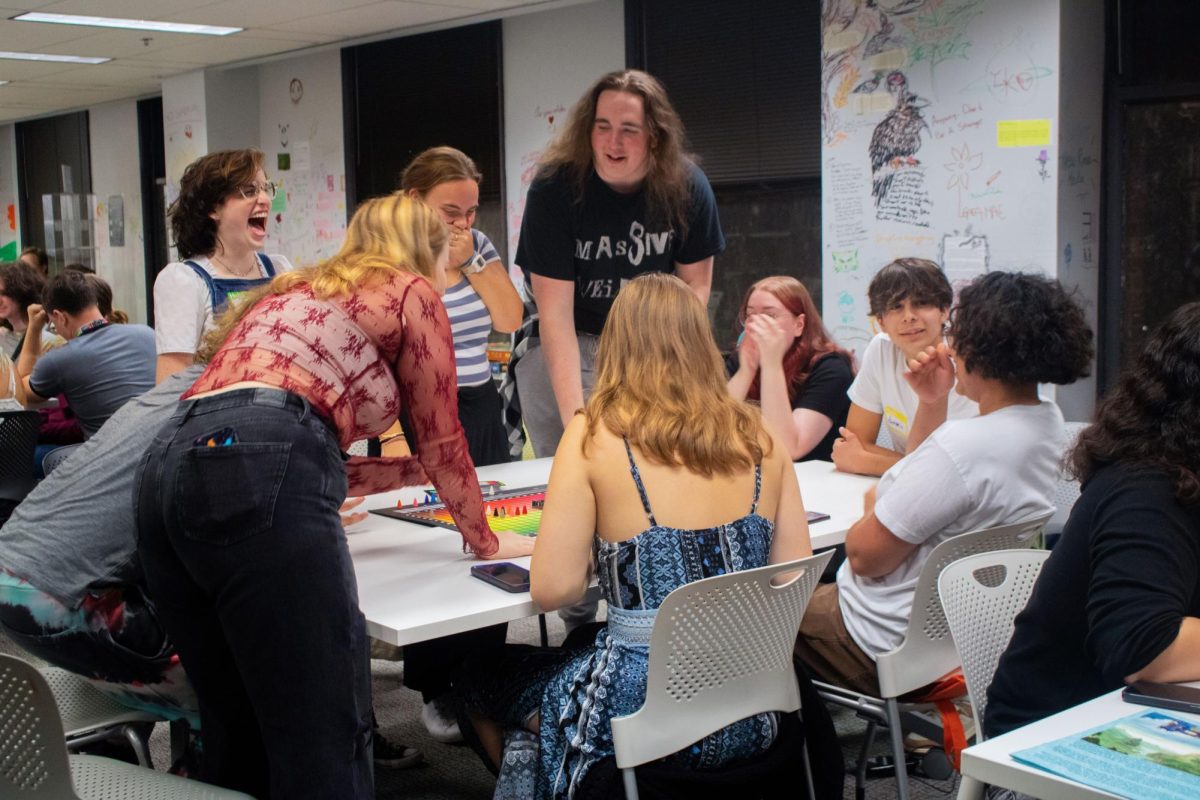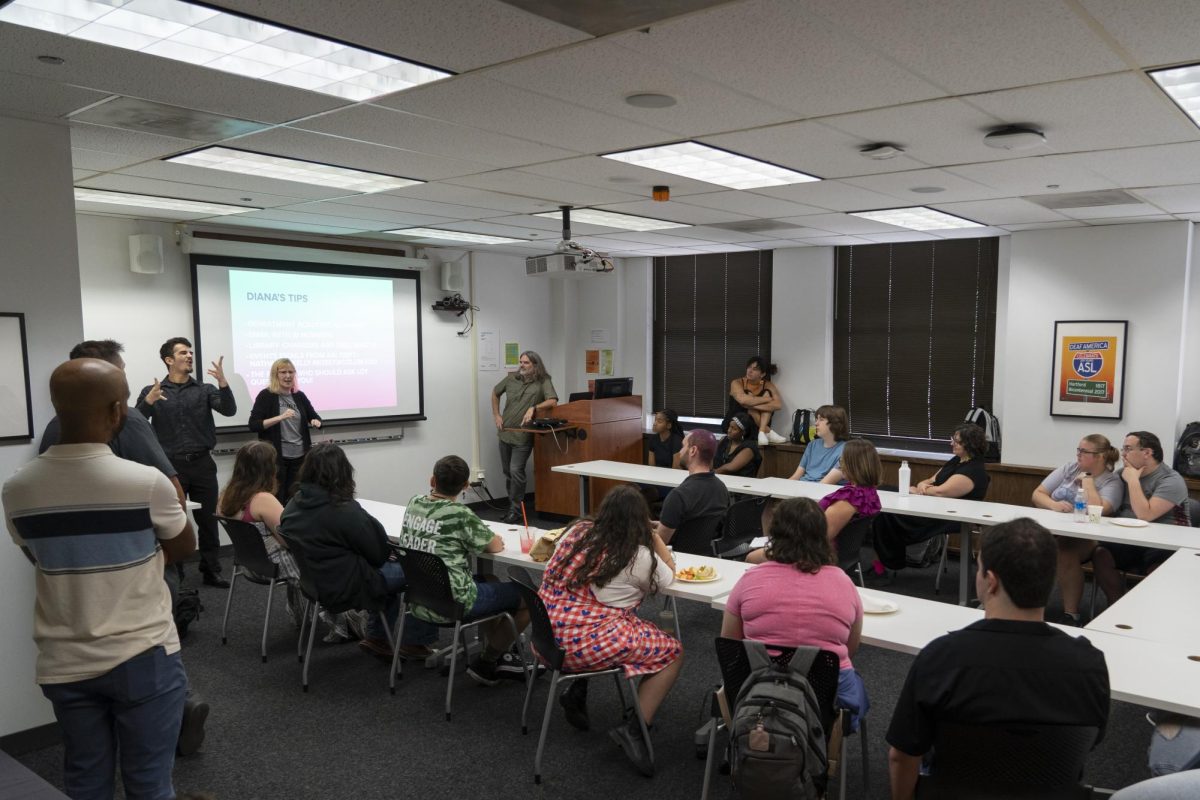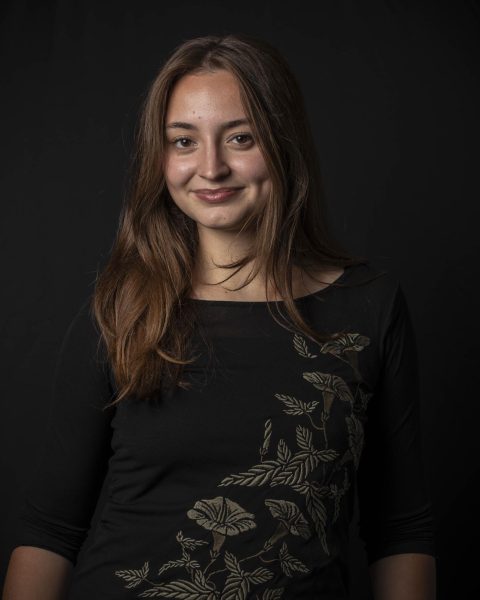Students should not see any big changes to their college experience as Columbia modifies the institution’s structure to address the financial deficit, Senior Associate Provost Nate Bakkum told the Chronicle.
Before he left, former president and CEO Kwang-Wu Kim recommended that the college be divided into eight new schools, replacing the four existing ones and essentially eliminating the 16 departments in order to reduce administrative overhead. Two existing departments, Fashion Studies and Cinema and Television Arts, will become their own separate schools.
Each school will be headed by directors instead of chairs.
The new interim directors of each school were announced on July 1 without details about how this may affect students. However, Bakkum said students should not be directly impacted by the structural changes.
“Students will still be able to connect with the same faculty leading their majors and teaching their courses, work with key support staff in the schools and in our specialized facilities, and go to the same advisors for support and answers to their questions about their academic progress,” he said.
Students told the Chronicle they were mostly curious about the changes. But some also expressed concern about how it would impact the courses they want to take and the relationships with the faculty in their former departments.
Issac Carter, a senior graphic design major, said most of his concerns come from “what exactly is going to be a definitive, successful merge of the departments and what type of standards they are setting.”
Carter said he would like to know what assessment measures the college will use to determine if the merger of programs actually worked.
Lillian Mullenax, a junior illustration major, said they hate the way the college is “clumping up” different media, specifically with illustration and photography. “They’re two completely different things in my opinion,” they said. “The classes’ structures are very different. The classes’ assignments, critique, everything’s very different and they’re kind of just pushing that.”
Abigail Halla, a senior art history major, said she’s unsure of why merging some of the programs into the same schools is necessary. “It feels like they’re undermining some of the majors that people are choosing when they’re pushing them all together,” Halla said. “I don’t know how that’s helpful to anyone. I guess maybe it’s cheaper somehow … but if you’re not doing it for the students, then who are you doing it for?” she said.
Bakkum said that the reworked structure should not affect students’ experiences in the short term. But the new academic structure and changes to education requirements, will “reduce barriers” and produce more opportunities for collaboration among majors and concentrations, he said.
Asked to elaborate, Bakkum offered graphic design as an example. It focuses on visual communication and representation of material, but graphic designers also need to recognize interaction design and user experience.
The new School of Design includes: animation, computer animation, environmental and sustainability studies, game art, game design, graphic design, immersive media, interior architecture, programming, traditional animation, user experience and interaction design.
It will be headed by Associate Professor Tom Dowd, who is currently the interim dean of the School of Media Arts.
“In the new School of Design, our graphic design and user experience and interaction design majors, minors and courses will be developed and delivered by a group of faculty with expertise across these specializations, which will help students make those connections, collaborate on projects and build a comprehensive set of skills in this important and growing field,” Bakkum said.
Bakkum also said that the college expects to see similar methods of interaction in other schools where programs have now been combined.
The audio and music programs are coming together under the new School of Audio and Music. Advertising, public relations and social media and digital strategy are part of the School of Business and Entrepreneurship. The English, ASL, and journalism programs will be together in the new School of Communication, and former Theatre and Dance departments are now part of the School of Theatre and Dance.
“Over the next few years, we expect that our faculty will design some majors, minors and courses that take advantage of the new structure in ways that prepare students to take on the challenges of a rapidly changing world,” he said.
Ames Hawkins, a professor in the current English and Creative Writing Department who was just named interim director of the School of Communication, Culture and Society, said they are doing as much information gathering and planning as they can ahead of their Aug. 1 appointment.
“There are countless opportunities to collaborate within the school, with other units at our college and in the community beyond,” they said.
They added that the merger of journalism, literary publications, podcasts and broadcasts will create hands-on opportunities for students.
“Truly effective — and I might add ethical — communication also requires what I might call contextual poise,” they said. “It is as much about critical thinking as it is about writing skills, as much about embodied communication as it is digital fluency, as much about history as it is about this moment.”
The Chronicle attempted to find out if faculty offices would be moving under the new structure or where the administrative offices for the new schools would be located, but Ann Kalayil, associate vice president of facilities and construction, did not respond by time of publication.
The other new interim directors are:
- Associate Professor Ben Sutherland for the School of Audio and Music.
- Associate Professor Geraldo Brindisi for the School of Business and Entrepreneurship.
- Professor Jimmy Noriega for the School of Theatre and Dance.
- Associate Professor Duncan MacKenzie for the School of Visual Arts.
- Associate Professor Eric Scholl and Professor Wenhwa Ts’ao, currently interim co-chairs of the Cinema and Television Arts Department, will be interim co-directors for the School of Film and Television.
- Professor Colbey Reid, currently chair, will be the director for the School of Fashion.
According to the advisory report from Kim on May 2, the new structure of the college will save $15 million in “administrative efficiencies.”
Additional reporting from Addison Annis and Araceli Ramirez.
Copy edited by Doreen Abril Albuerne-Rodriguez
Resumen en Español:
La reestructuración de Columbia tiene como objetivo abordar un déficit financiero mediante la sustitución de las cuatro escuelas y 16 departamentos existentes por ocho nuevas escuelas. A pesar de estos cambios, el Rector Asociado Senior, Nate Bakkum, aseguró a los estudiantes que su experiencia universitaria no se verá mayormente afectada. Bakkum enfatizó que los estudiantes seguirán conectándose con los mismos profesores y asesores. Sin embargo, algunos estudiantes expresaron su preocupación por el impacto de la fusión en sus cursos y relaciones con el profesorado. La reestructuración está destinada a fomentar la colaboración entre diferentes carreras y concentraciones, aunque algunos estudiantes siguen siendo escépticos. La Crónica no pudo confirmar cambios en las oficinas del profesorado y administrativas ya que Ann Kalayil, vicepresidenta asociada de instalaciones y construcción, no respondió al momento de la publicación.
Resumen por Doreen Abril Albuerne-Rodriguez










